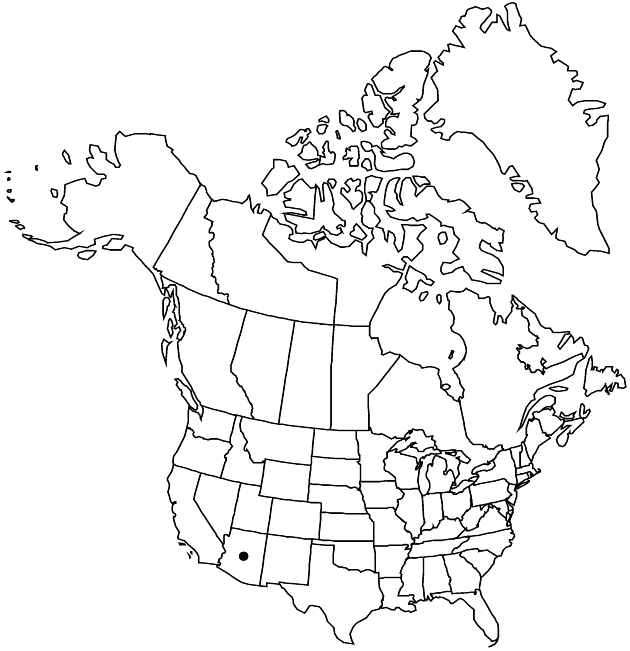Ageratina paupercula
Phytologia 19: 215. 1970.
Perennials or subshrubs, to 100 cm. Stems erect, puberulent to glabrate. Leaves opposite; petioles 3–15 mm; blades narrowly to broadly lanceolate, (2–)3–7 × 0.5–1.5 cm, margins coarsely and remotely serrate, apices long-acuminate, abaxial faces sparsely pubescent. Heads clustered. Peduncles 2–6 mm, puberulent. Involucres 2.5–3 mm. Phyllaries: apices acute, abaxial faces puberulent-hispidulous. Corollas white, lobes sparsely hispid-villous. Cypselae glabrous.
Phenology: Flowering Mar–May.
Habitat: Rocky slopes, crevices, gravelly, sandy streambeds, pine-oak woodlands
Elevation: 1000–1800 m
Discussion
Ageratina paupercula is recognized by its early spring flowering, relatively small and usually narrowly lanceolate and acuminate leaves, relatively small heads in clusters, and relatively small (1.2–1.4 mm versus mostly 2–3 mm in other species), glabrous cypselae.
Selected References
None.
